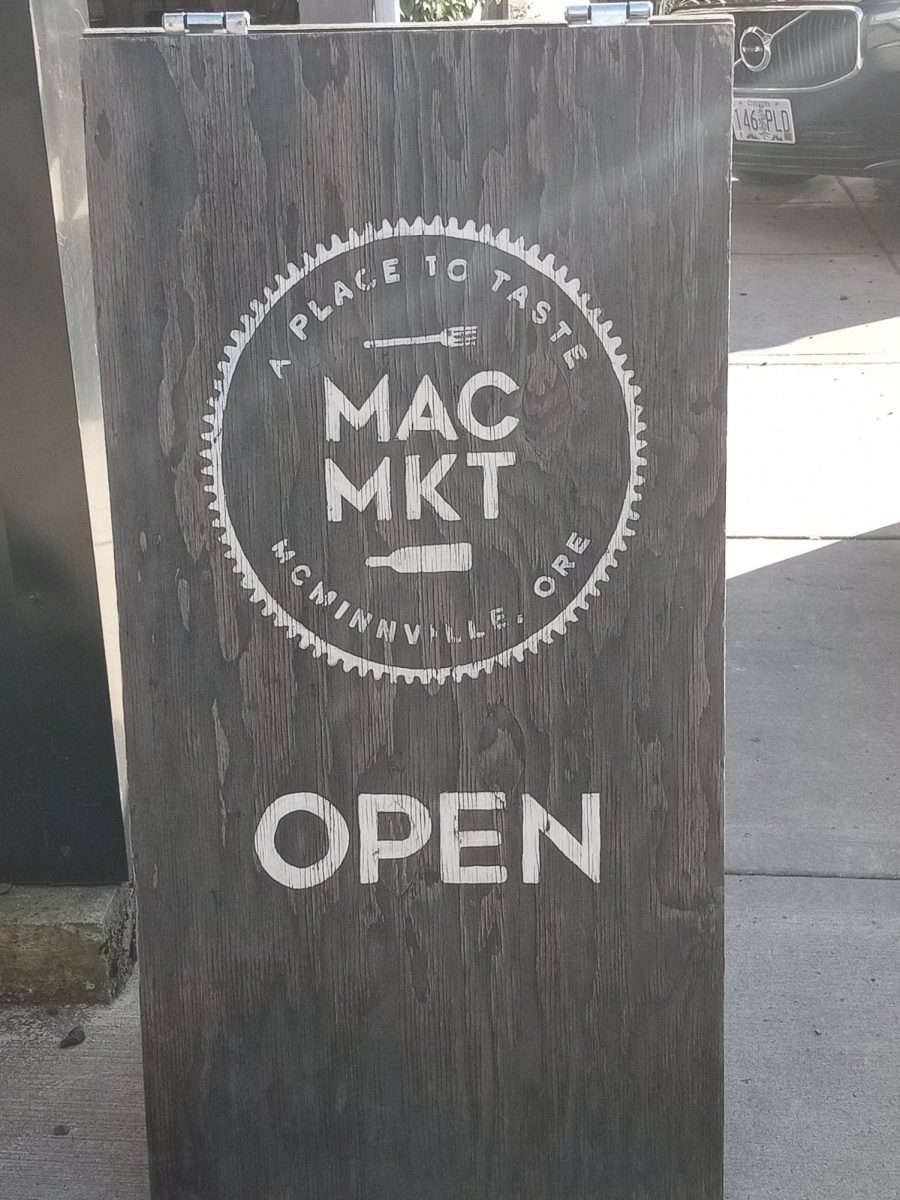Linfield students in an elementary education class expanded their writing and teaching skills at a youth writing camp May 8.
The camp encouraged children to take risks in their writing, develop their identities as writers and learn to communicate through writing.
The camp featured a preschool and kindergarten session from 9-10:30 a.m. and a first through fifth grade session from 11:30 a.m.-2:30 p.m.
Mindy Larson, assistant professor of elementary education and elementary education coordinator, organized the event and said almost 90 children came to the sessions.
“[Writing] tends to be the thing that gets dropped most easily from classrooms,” Larson said. “My intention really was to target kids who don’t usually get this experience.”
Linfield students in Larson’s Teaching Literacy class staffed writing stations during the camp.
The morning session included stations such as observation, where children could examine and write about a frog or a hamster, and dramatic role play, where children could dress up and write about their characters and plays.
The afternoon session hosted areas such as graphica (about graphic novels and comics), author study and poetry. The children were encouraged to write about their experiences at the stations.
Junior Elissa Blackhurst worked at the graphica station and said some children stayed there for the entire three-hour session.
“I thought kids would be goofing off most of the time,” Blackhurst said.
“But they were all really interested and enthusiastic in what they were writing.”
Junior Stephanie Burke, who worked during the morning session, agreed and said that even the 3-year-olds built foundations in writing by drawing pictures to convey thoughts.
“Many of the children were able to express really great stories and ideas in their books even if it didn’t look like a story [with] properly formed letters to an advanced writer,” junior Kelsey Lange, who staffed that morning’s dramatic play area, said in an e-mail.
Schools often limit what children can write about and how they write, Larson said.
So, providing an environment that is less concerned with conventions, such as spelling and grammar, allows children to take more risks in their writing, she said.
“Certainly conventions are important, but if we’re going to develop engaging writers…it’s going to have to be more than just
spelling [that’s taught],”
Larson said. “The piece for them that I wanted students to come away with is students need to see a lot of models as writers.”
Larson said that these “models” include topics such as plot and character development in addition to grammar.
The Linfield students said that encouraging the children to explore their identity as writers was inspiring.
“Kids are so creative, and for me, personally, watching them and watching them come up with their ideas, I try to emulate them,” Burke said.
Burke and Blackhurst agreed that as they’ve grown as writers, they’ve stopped taking risks in their writing. And the risks that they observed the children take motivated them to practice what they were teaching, Blackhurst said.
“They just have an idea and go with it,” she said of the children. “[It’s] inspiring that they don’t have to think about it.”
Kelley Hungerford
Editor-in-chief Kelley Hungerford can be reached at [email protected]






